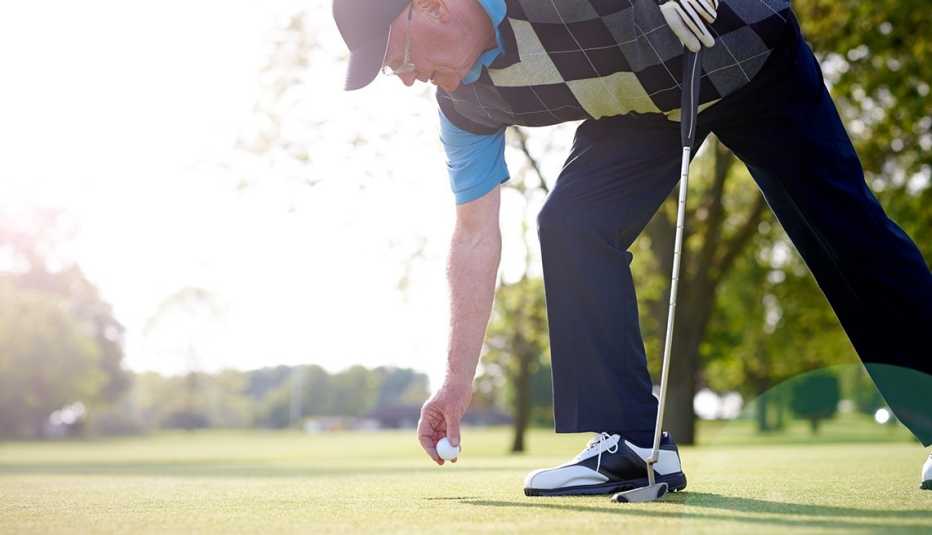Staying Fit


While nearly half of healthy, active people over age 60 experience lower back pain, according to a 2018 study published in the Journal of the American Geriatrics Society, such flare-ups aren’t necessarily an inevitable feature of aging. Every day, seemingly innocuous habits (hunching over your computer while reading this, anyone?) can trigger the pain, says Joel Press, physiatrist-in-chief at the Hospital for Special Surgery in New York City.


AARP Membership— $12 for your first year when you sign up for Automatic Renewal
Get instant access to members-only products and hundreds of discounts, a free second membership, and a subscription to AARP the Magazine.
You sit all day


“The more you sit the more pressure you put on the cushioned discs between the bones in your back,” says Press. But that doesn’t mean you’re doomed if you have a desk job. “Every 30 minutes, get up and walk around,” Press advises. This will squeeze fluid out of your discs, helping to head off pain . If you’re game, consider investing in a sit-stand desk. According to a 2018 University of Pittsburgh study published in the journal Occupational & Environmental Medicine, folks with chronic low back pain reduced their self-rated pain and disability by 50 percent using a sit-stand desk and taking movement breaks.
You hold all your emotions in
If you keep a stiff upper lip, your back may pay for it. People who shut down or “ stonewall ” during a fight with their partner are at higher risk of developing back pain, according to a 2016 study published in the journal Emotion. One reason may be that those who are upset or anxious are more likely to tense back muscles. In general, “if someone is depressed or anxious,” says anaesthesiologist Yury Khelemsky, a pain specialist at the Icahn School of Medicine at Mount Sinai Hospital in New York City, “they will have a worse experience of a pain signal than someone who is in a great mood, with great coping skills and social support.” What might work out such kinks? Taking up meditation or yoga. People with chronic back pain who participated in a combination of mindfulness meditation and yoga for eight weeks reported significant improvements in back pain, according to a 2016 study published in the medical journal JAMA.
You’re sleeping on the wrong mattress
A medium firm mattress, as opposed to a very firm mattress, appears to be best for your back, according to a 2015 review published in the medical journal Sleep Health. But perhaps even more important than the firmness of your mattress is how old it is. When a mattress is past its prime, it may become soft and lumpy, which can cause your back to contort as it tries to adjust to sinking in, says Press. Experts recommend changing your mattress as often as every seven years, and immediately if it’s showing signs of wear such as sagging or holes.


You have a poor diet
There’s some thought that an anti-inflammatory diet — one that’s rich in fruits, vegetables, lean protein such as fish and chicken, and healthy fats such as nuts and olive oil — may help tamp down inflammation in the body that can worsen chronic pain, including back pain, Press says. But eating this sort of healthy fare may also reduce your back pain simply because it can lead to weight loss. “Even losing just five pounds can take a load off your spine,” Press explains. Indeed, studies have found that those with a high BMI (body mass index) have a higher risk of developing back pain.

































































More From AARP
Managing Pain From Surgery
Tips for keeping pain under control in the hospital and at homeThe Best Exercises for Achy Backs, Knees, Hips and More
We asked physical therapists for their pain-busting stretching and strengthening moves